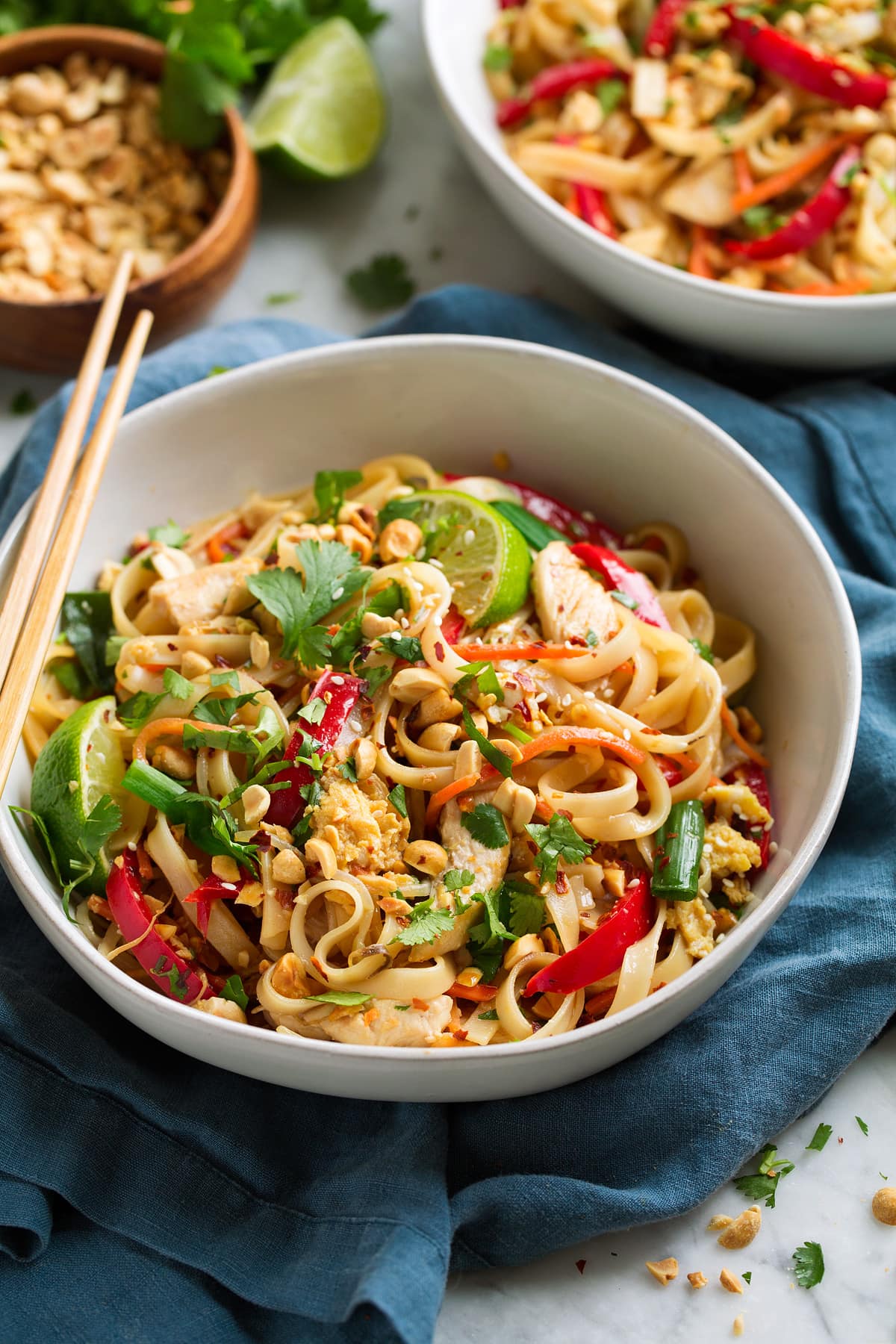
Using it will result in a thicker sauce and probably some serious burning when the sticky paste meets your hot wok. While they both do have the tangy, sweet, and smoky flavors of tamarind, they bring different levels of sweetness and totally different consistencies to the mix.īecause tamarind paste is so much thicker, it's often not a good addition to Pad Thai. Tamarind paste and tamarind concentrate can each be substituted for one another, though not in all cases. Can I Substitute Tamarind Concentrate for Tamarind Paste? Tamarind concentrate is most commonly found in Thai cuisine, where it is poured directly into stir-fried noodle dishes like Pad Thai. Consider it more of a tamarind juice than a paste, similar to orange juice concentrate found in supermarkets. When compared to tamarind paste, tamarind concentrate is less potent and more fluid. However, they are properly considered two different products, each with their own purpose. In some cases, the terms "tamarind paste" and "tamarind concentrate" are used interchangeably. It gives a bowl of curry a unique taste and texture. Most of the time, tamarind paste is used in Indian cooking. Once it's soft, you can press it through a fine sieve until you have a silky-smooth finished product. You can actually make your own tamarind paste by buying whole tamarind pulp and soaking it in boiling water. Since tamarind fruits contain seeds and a lot of fiber, the processing involves a lot of straining and boiling until the finished product is suited for cooking. Tamarind paste is exactly what it sounds like: the tamarind fruit is processed into a smooth and spreadable form, similar to jam. Tamarind is used in a variety of different cuisines around the world, appearing as a paste, concentrate, puree, or juice. The taste is probably the most unique thing about these fruits, and it's unlike anything else. In particular, India and Thailand are especially known for using tamarind in their native cuisines, where it adds a sweet, tangy, spicy, and slightly smoky flavor. Inside the shell, the fruits are sticky, with a date-like texture that can be turned into a paste, concentrate, or any number of other products. The fruits grow in pods with brittle shells that are several inches long and brown in color. Tamarind is a fruit that grows on a tree native to Africa and Asia and is commonly used in many dishes from both regions. Can I Substitute Tamarind Concentrate for Tamarind Paste?.

Learn more about these and other tamarind products below.

The concentrate, on the other hand, has a gel-like consistency and can be a bit more watered down. The main difference between tamarind paste and concentrate is that the paste is usually stronger and comes straight from the fruit itself.


 0 kommentar(er)
0 kommentar(er)
